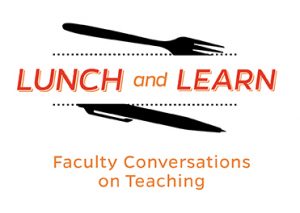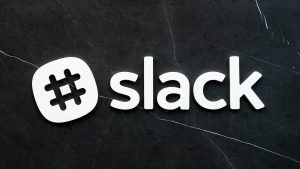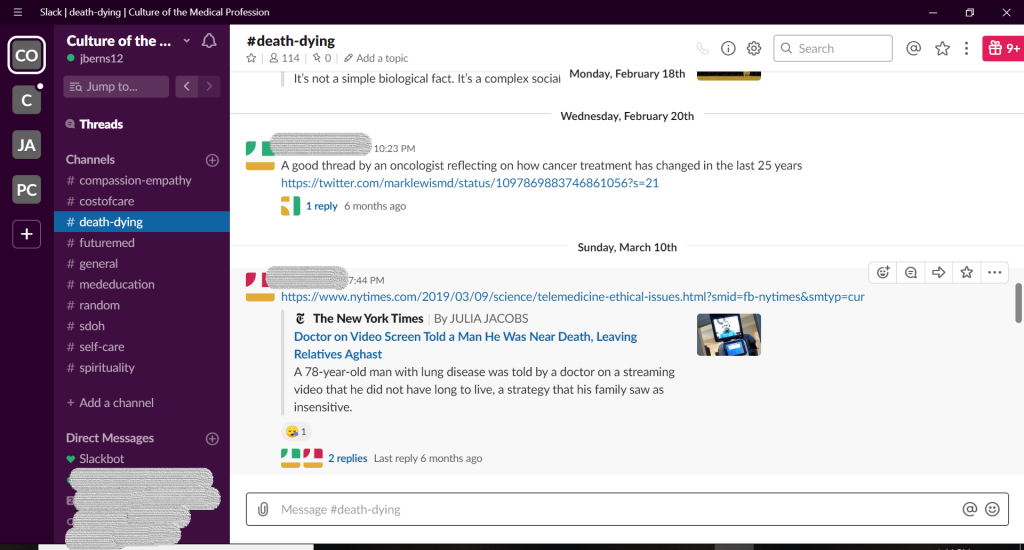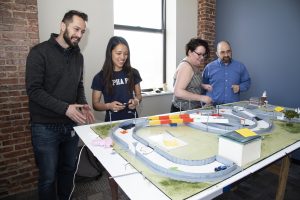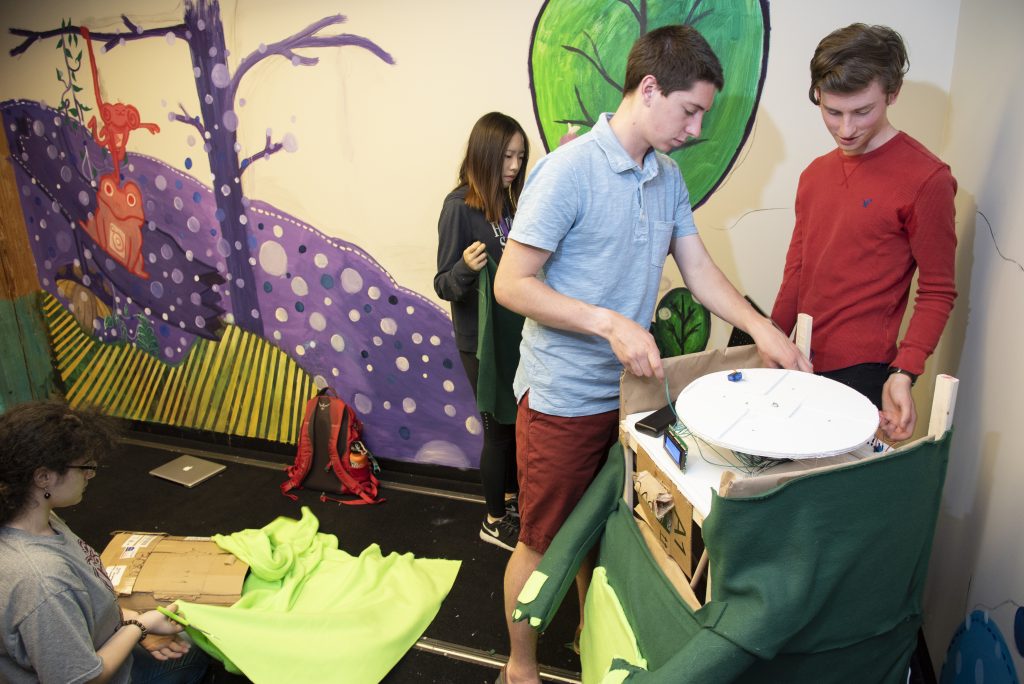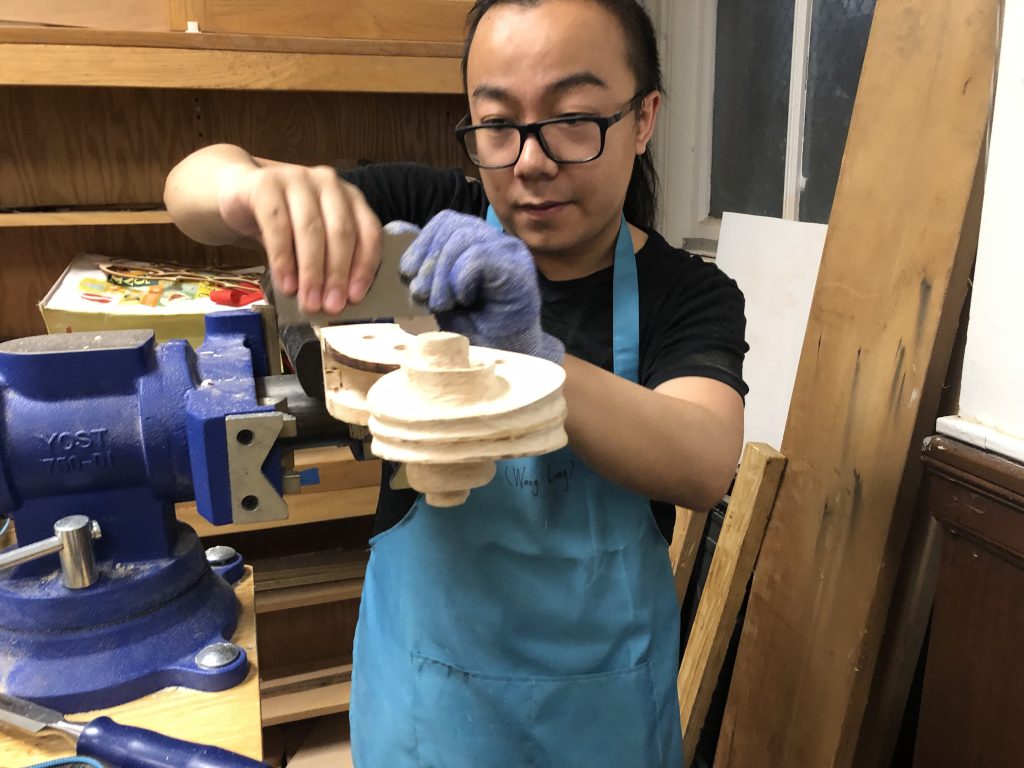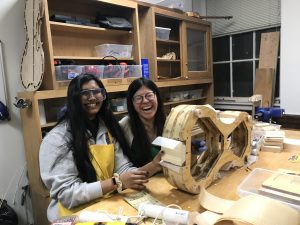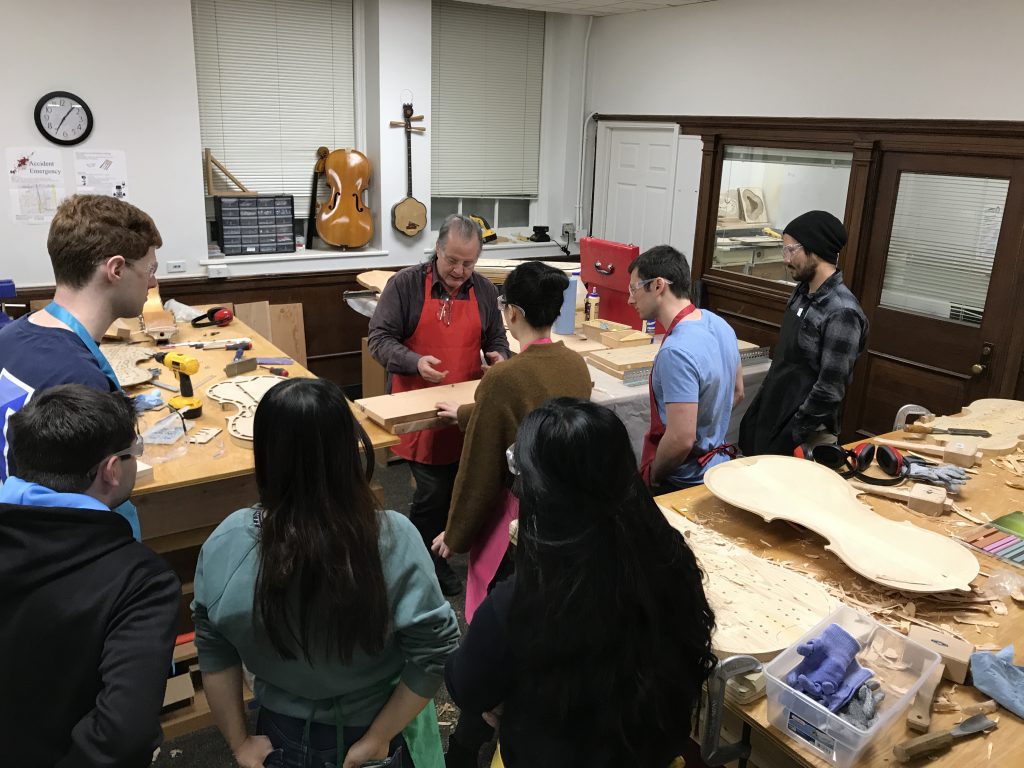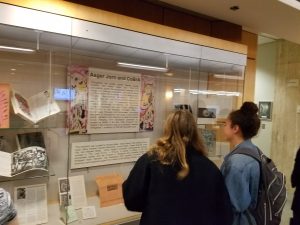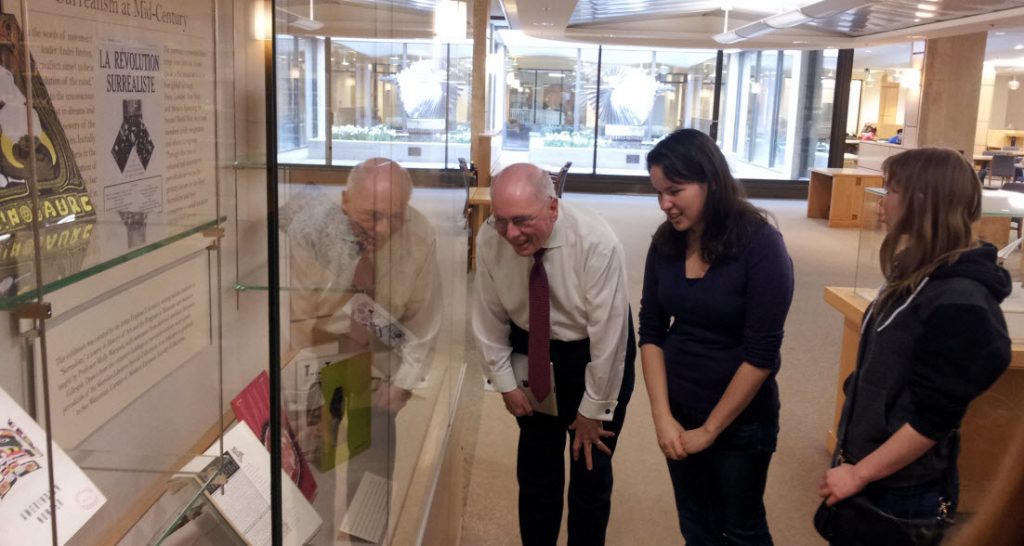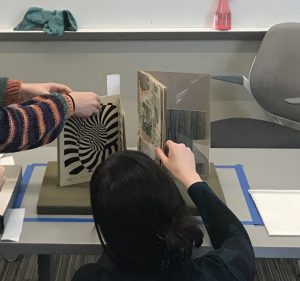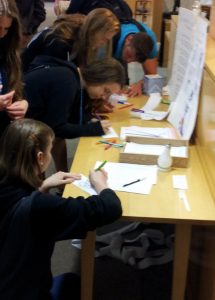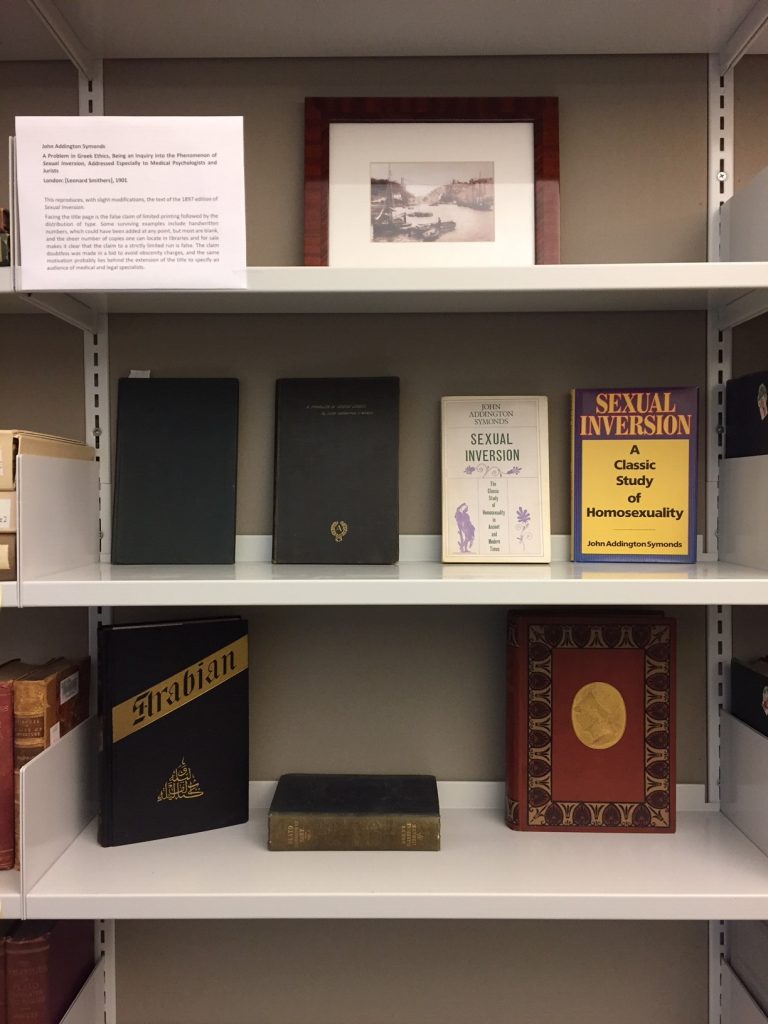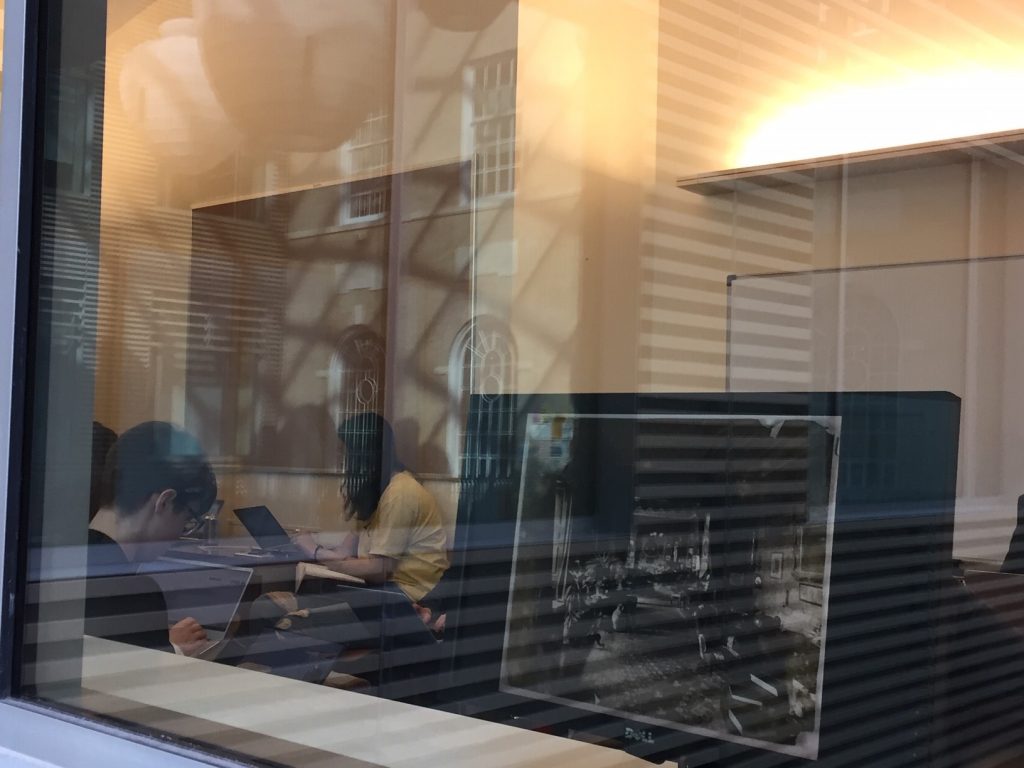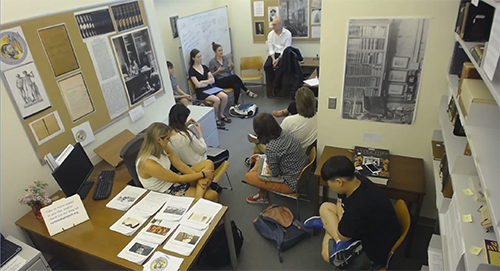On Friday, December 11, 2020, the Office of the Provost, in conjunction with teaching and learning centers across Johns Hopkins University, sponsored a half-day virtual conference titled “Surviving to Thriving: Reflections from Teaching Online.” Faculty, graduate students, and staff came together to share ideas, challenges faced, and best practices when teaching in a virtual environment. Highlights from a few of the sessions are below:
Engaging Students in the Virtual Environment: A panel of faculty representing the School of Education, the Bloomberg School of Public Health, and the Whiting School of Engineering shared strategies for how building community, synchronous sessions, and using specific tools can help to engage students online.
Building community in an online course helps students feel more connected with each other and can lead to more productive learning. Strategies for community building shared by faculty include:
- Using ice breaker questions at the beginning of every class
- Learning student names
- Setting up sessions to get to know one another (in breakout rooms, online discussion boards, Google Sheets)
- Offering frequent feedback in multiple formats (email, audio recordings)
- ‘Humanizing’ situations by admitting mistakes and struggles with technology
Synchronous sessions allow students to experience learning with their peers in a real-time, interactive environment. For students nervous about speaking up during live sessions, faculty members suggested giving them a choice to either use the chat feature or the microphone. One faculty member required his students, in a seminar style class, to ask at least one question during the semester, which helped to build confidence. Another faculty member described posting a ‘speaker list’ ahead of each class so students knew in what order they would be speaking. Not only were students more prepared, but the sessions ran more efficiently. Faculty discussed the challenges of holding synchronous sessions with students in multiple time zones. While most faculty recorded their lectures and made them available online, some offered to give their lecture twice, and allowed students to choose which session to attend. Technology can be another challenge when holding synchronous sessions. Faculty suggested offering material in multiple formats in order to meet the needs of students who may be having technological difficulties. For example, post slides in addition to video.
There are a variety of online tools that can be used to engage students online. Faculty in this session discussed the following:
- Padlet – tool that allows students to collaborate synchronously or asynchronously
- Loom – video recording application that allows students to create and send recordings
- Flipgrid – video discussion board tool
- Slack – communication platform used for information sharing, individual and group communication, synchronous and asynchronous collaboration (similar to Teams)
(Note: Instructors are encouraged to contact their school’s teaching and learning center before deciding to use third party tools that may or may not be supported by their institution.)
Jazzing Up Online Presentations: A panel of faculty representing the School of Education, the School of Medicine, and the Krieger School of Arts and Sciences shared strategies for how to strengthen online presentations and keep students engaged. One idea is to maintain a balance between synchronous and asynchronous sessions to help avoid Zoom fatigue. Another idea is to keep sessions interactive by using breakout rooms, videos, knowledge checks, and other active learning techniques. Modeling online navigation for students is another way to help make sure they are staying engaged. For example, if referring to a particular discussion board post, share your screen with students and navigate to the post, read it with students, and discuss together. Consider using a different tool, other than PowerPoint, for your presentation, such as Genially or Sway. Lastly, don’t be afraid to put your personality into your presentation – pets and silly bow ties can make a difference to students!
Another idea is to keep sessions interactive by using breakout rooms, videos, knowledge checks, and other active learning techniques. Modeling online navigation for students is another way to help make sure they are staying engaged. For example, if referring to a particular discussion board post, share your screen with students and navigate to the post, read it with students, and discuss together. Consider using a different tool, other than PowerPoint, for your presentation, such as Genially or Sway. Lastly, don’t be afraid to put your personality into your presentation – pets and silly bow ties can make a difference to students!
Student Perspectives: A moderated panel of four students from across the institution shared their experiences with virtual learning this past semester. When asked what has been the most challenging aspect, several students mentioned Zoom fatigue. With the many hours of online lectures they were expected to attend, students reported that it was often difficult to stay engaged. Zoom fatigue also made it a challenge to participate in outside events or clubs since they are virtual as well. Other challenges: difficulty connecting and networking with people online and students living in different time zones.
When asked what techniques they wished more faculty were using, one student mentioned following best practices of online learning to ensure consistency across courses. Another student appreciated how one of her professors asked how students were doing at the beginning of each class. This was a small class, and the student acknowledged that it probably wouldn’t be possible in a larger setting, but that it helped to build community among class members. Another consideration mentioned is to build in breaks during the lecture. Other techniques suggested were the use of collaborative assignments, to help students keep each other accountable, and breakout rooms (in Zoom) with a structured task or purpose in mind.
Students were asked about the positive aspects of virtual learning. One student from the School of Advanced International Studies (SAIS) explained how students from all three SAIS campuses were able to participate in all classes together, and how beneficial it was for students to experience the others’ perspectives. Another student found it extremely helpful that faculty would record their lectures and post them to Blackboard for unlimited viewing. Students also greatly appreciated the creativity and support of their instructors and teaching assistants.
Other topics presented at the conference include: student wellness, assessment, accessibility, and more. The Provost’s office has made the full day of recorded sessions available here with JHED authentication.
Amy Brusini, Senior Instructional Designer
Center for Educational Resources
Image Source: Pixabay







